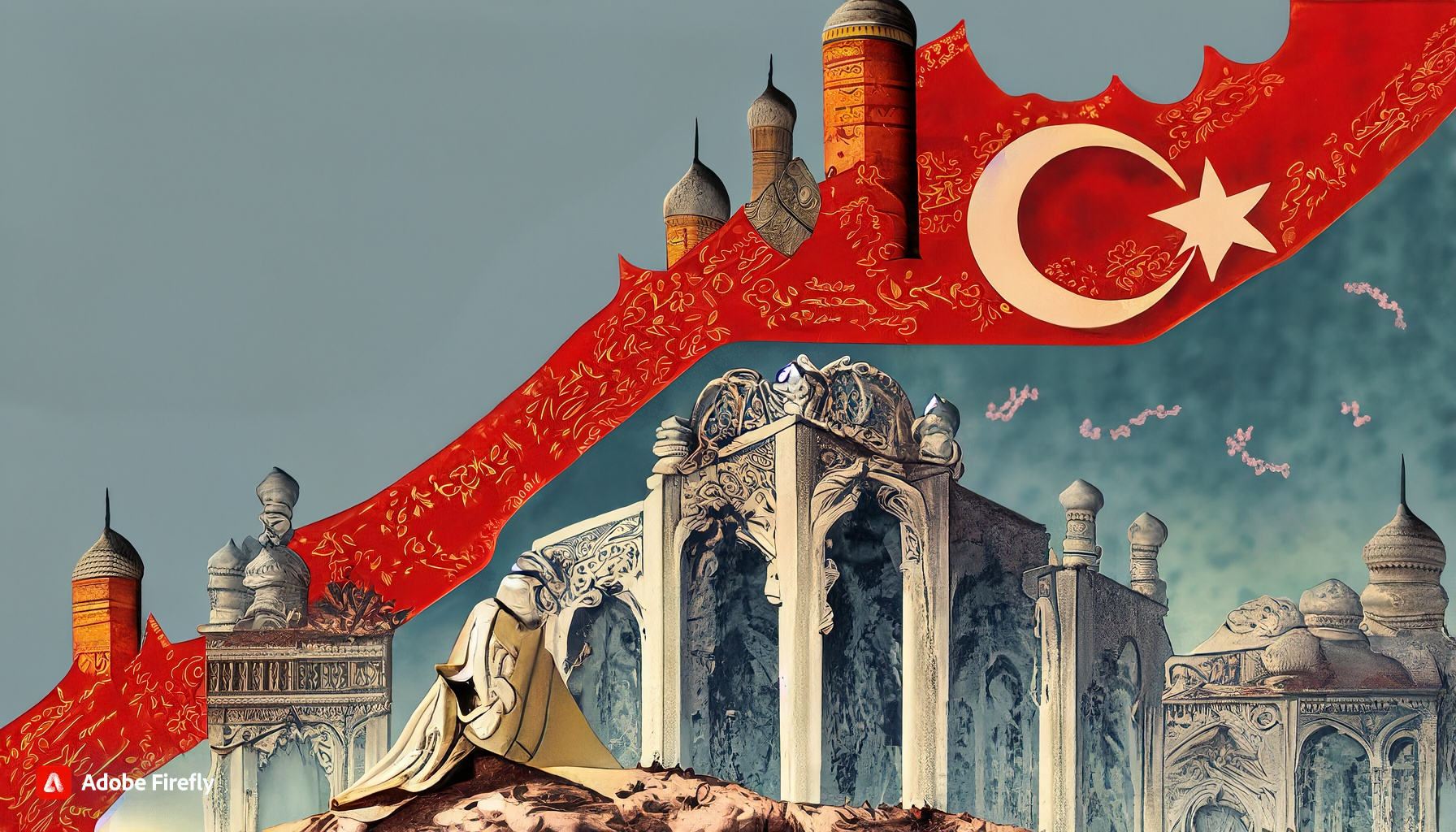The decline of the Ottoman Empire was not solely due to military failures or political instability; its economic frailty played an equally important role in shaping its downfall. Like many other empires throughout history, the economic backbone of the Ottoman Empire was closely linked with its military and political might. This symbiotic relationship made economic decline all the more devastating as it led to a decrease in available resources for military expansion and maintenance:
1: Inflation and Currency Devaluation:
One of the first indicators of economic decline was the rampant inflation and devaluation of currency. For much of its history, the Ottoman Empire had a strong and stable currency, but by the 17th century, this was no longer the case. The empire started facing difficulties in maintaining the value of its currency due to a combination of expensive wars, corruption, and inefficiencies in tax collection. Furthermore, the influx of silver from the Americas into Europe resulted in price increases that affected the empire. Inflation led to higher costs of goods and increased the economic burden on both the state and the people, diminishing the quality of life and causing social unrest:

2: Increasing Debt:
Another issue that plagued the Ottoman economy was increasing debt. Especially in the 19th century, the empire had to rely more and more on European loans at exorbitant interest rates. Initially, these loans were used for modernization efforts and to finance wars, but eventually, they became a means to maintain the empire’s bureaucracy and military. The debt burden became increasingly unsustainable and led to financial dependency on European powers, eroding the empire’s sovereignty and limiting its economic and political choices:
3: Loss of Trading Opportunities:
During its heyday, the Ottoman Empire was a dominant trading power, controlling crucial land routes between Asia and Europe. The empire benefitted immensely from the Silk Road and other trade routes. However, the discovery of sea routes to Asia and the New World by European explorers shifted the focus of trade away from the land routes controlled by the Ottomans. Moreover, European powers, particularly the British Empire, established new trading routes that bypassed Ottoman-controlled territories. This loss of trading monopoly led to decreased revenue and further strained the empire’s finances:
4: Decline of Craftsmanship and Manufacturing:
An often-overlooked aspect of the Ottoman economic decline is the degradation of local industries and craftsmanship. The influx of cheaper European goods, facilitated by improved maritime trade, led to a decline in traditional Ottoman crafts and industries. This decline was not only an economic loss but also a cultural one. The inability of local industries to compete with European manufacturers further exacerbated unemployment and poverty within the empire:
5: Failure to Modernize:
While European nations were experiencing the Industrial Revolution, the Ottoman Empire lagged in adopting new methods of production and management. Attempts at modernization, like the Tanzimat reforms, were often too late or insufficiently implemented. The empire’s failure to modernize its economy meant that it could not compete with the rapidly industrializing European powers. This industrial gap translated into military weaknesses as well, as the empire could not produce the advanced weaponry and ships that their European counterparts could:
6: Impact on Military Capabilities:
The economic decline had a direct impact on the empire’s military capabilities. Lack of funds meant outdated weaponry, insufficient training, and poor logistics. This weakened military power made it increasingly difficult for the empire to defend its vast territories against both internal revolts and external threats, thus forming a vicious cycle where economic decline led to military failure, which further damaged the economy:
Conclusion:
The economic decline of the Ottoman Empire was a multifaceted issue, fueled by inflation, debt, loss of trade revenue, decline in manufacturing, and a failure to modernize. These economic troubles drained the empire’s resources, hindering its ability to maintain a strong military or implement much-needed reforms. The financial downturn wasn’t just a symptom of the empire’s decline—it was a catalyst that accelerated its fall. By undermining the empire’s military and political institutions, economic decline rendered the empire increasingly vulnerable, setting the stage for its eventual disintegration.
